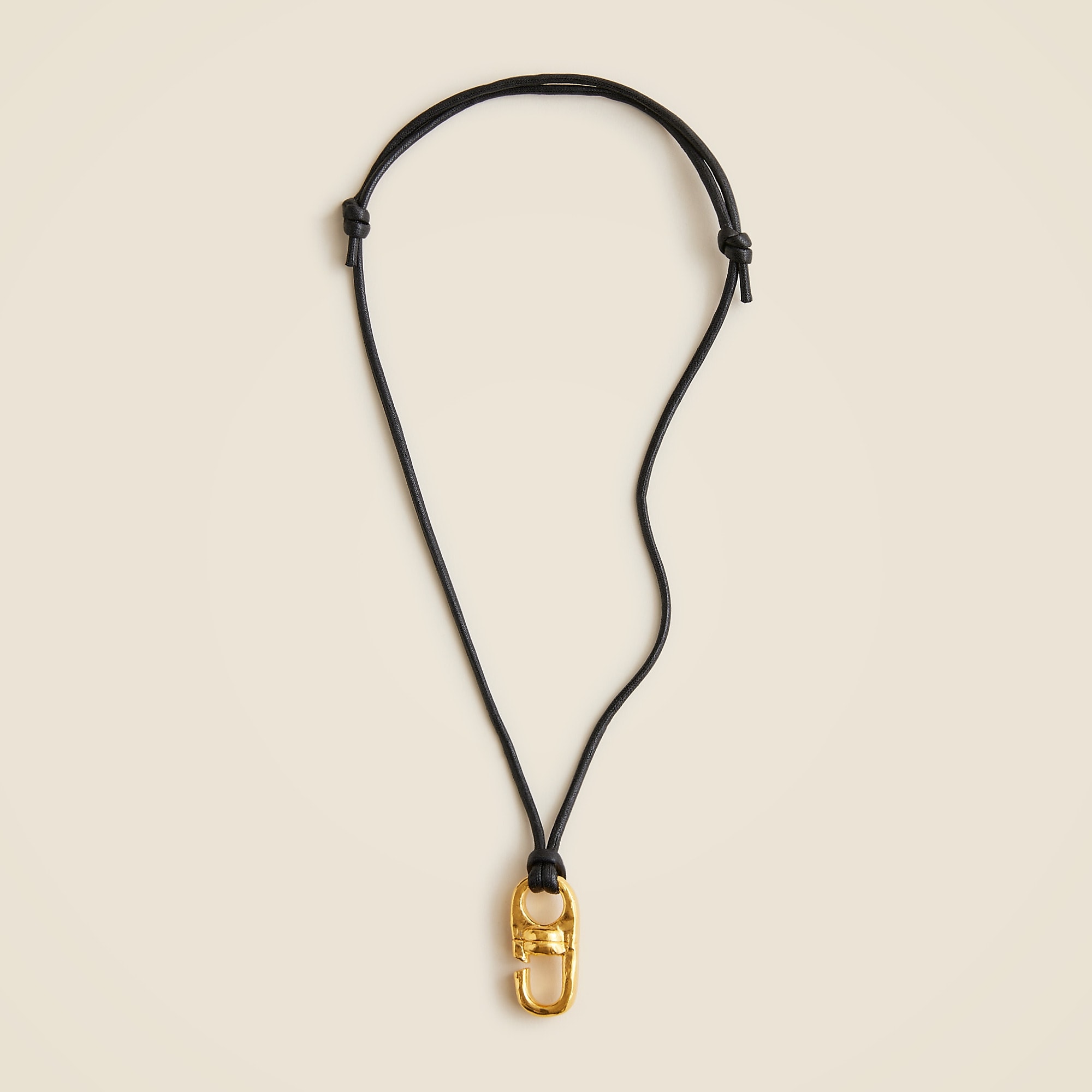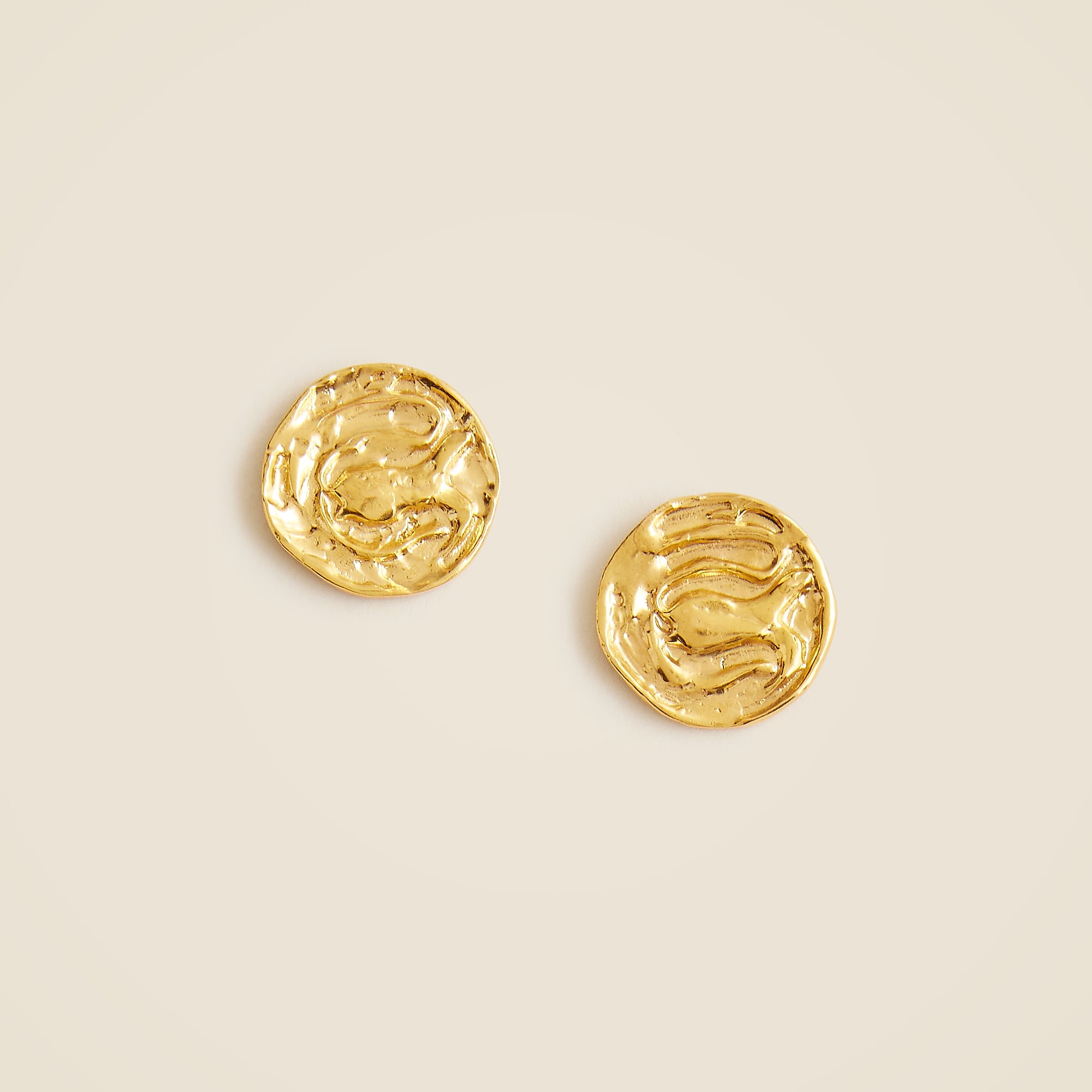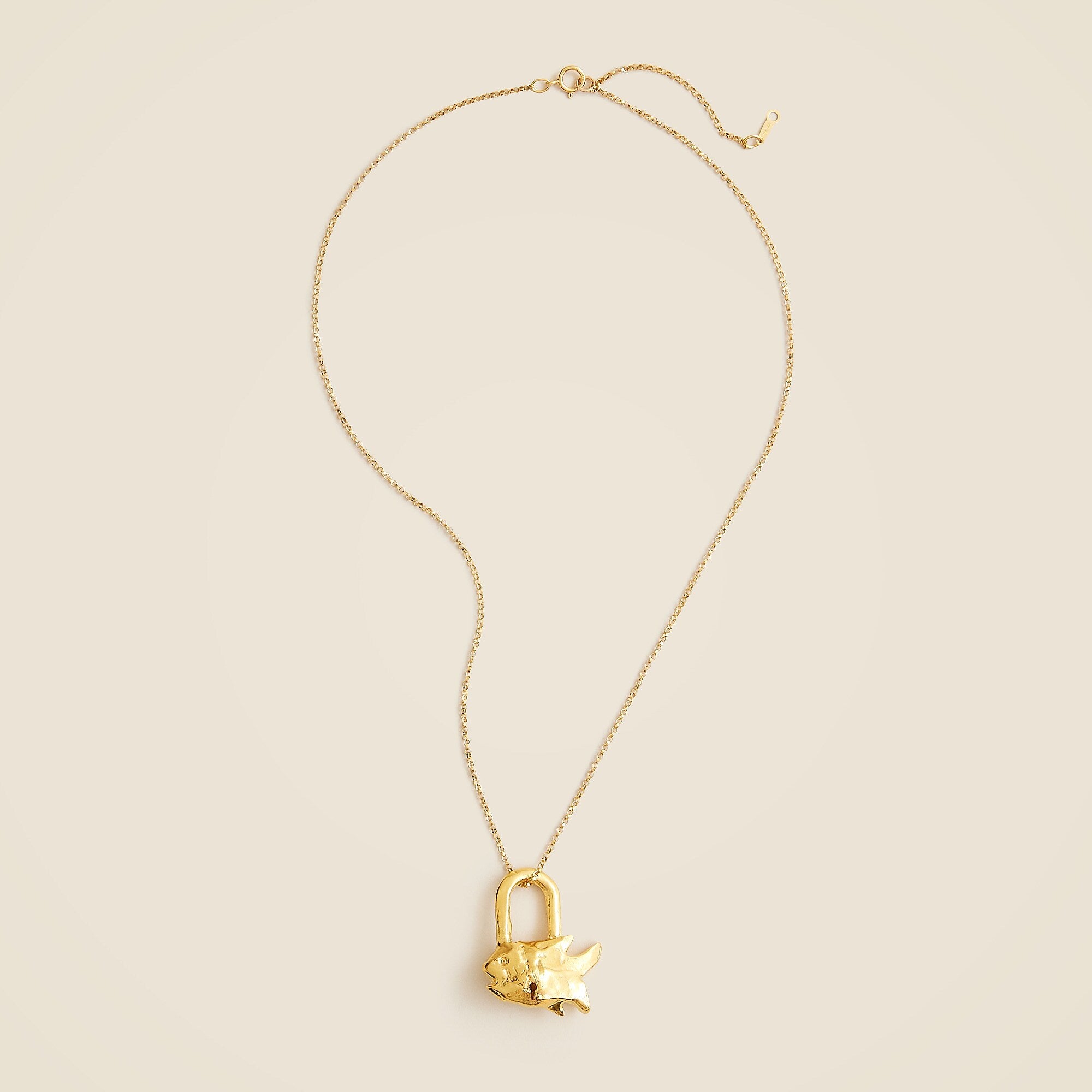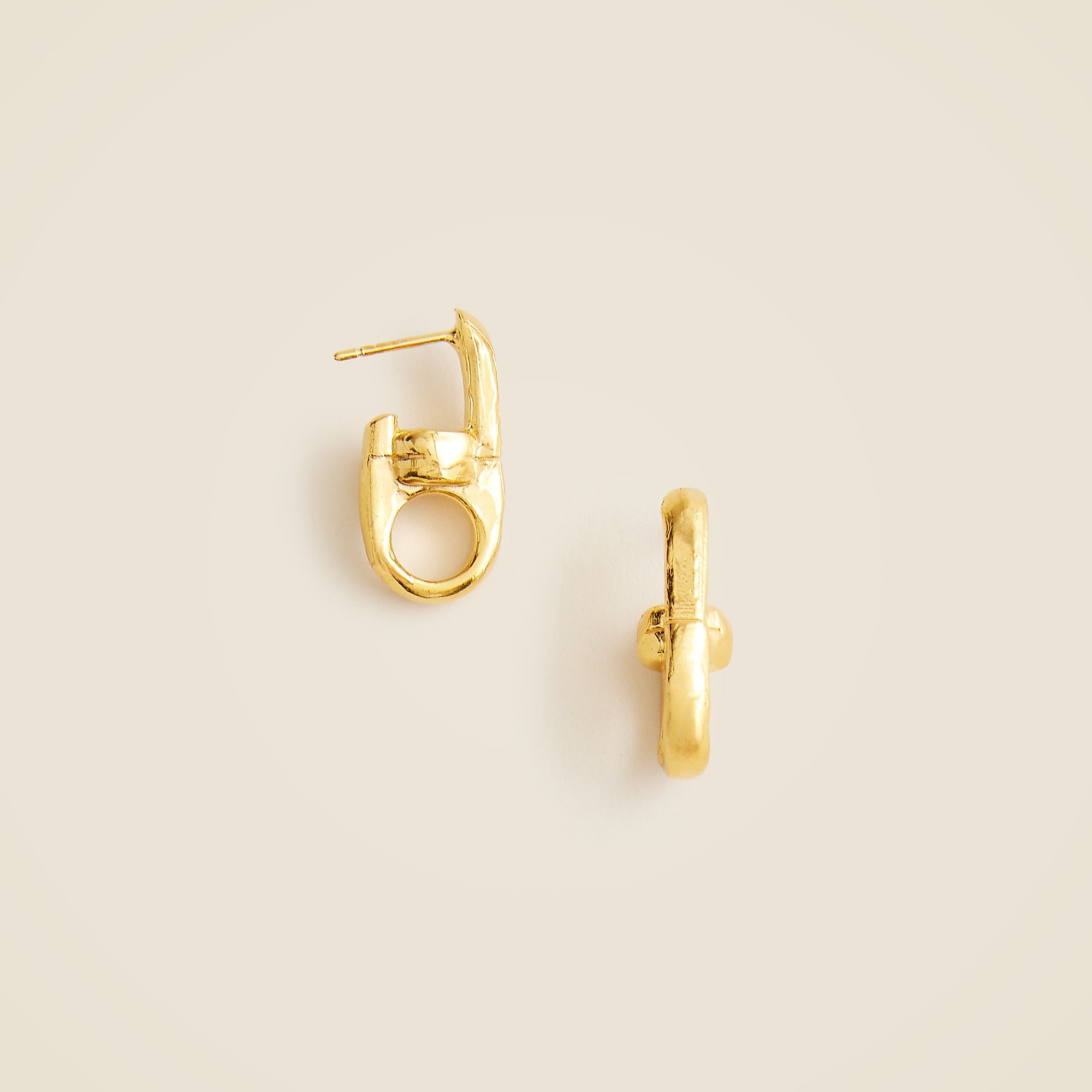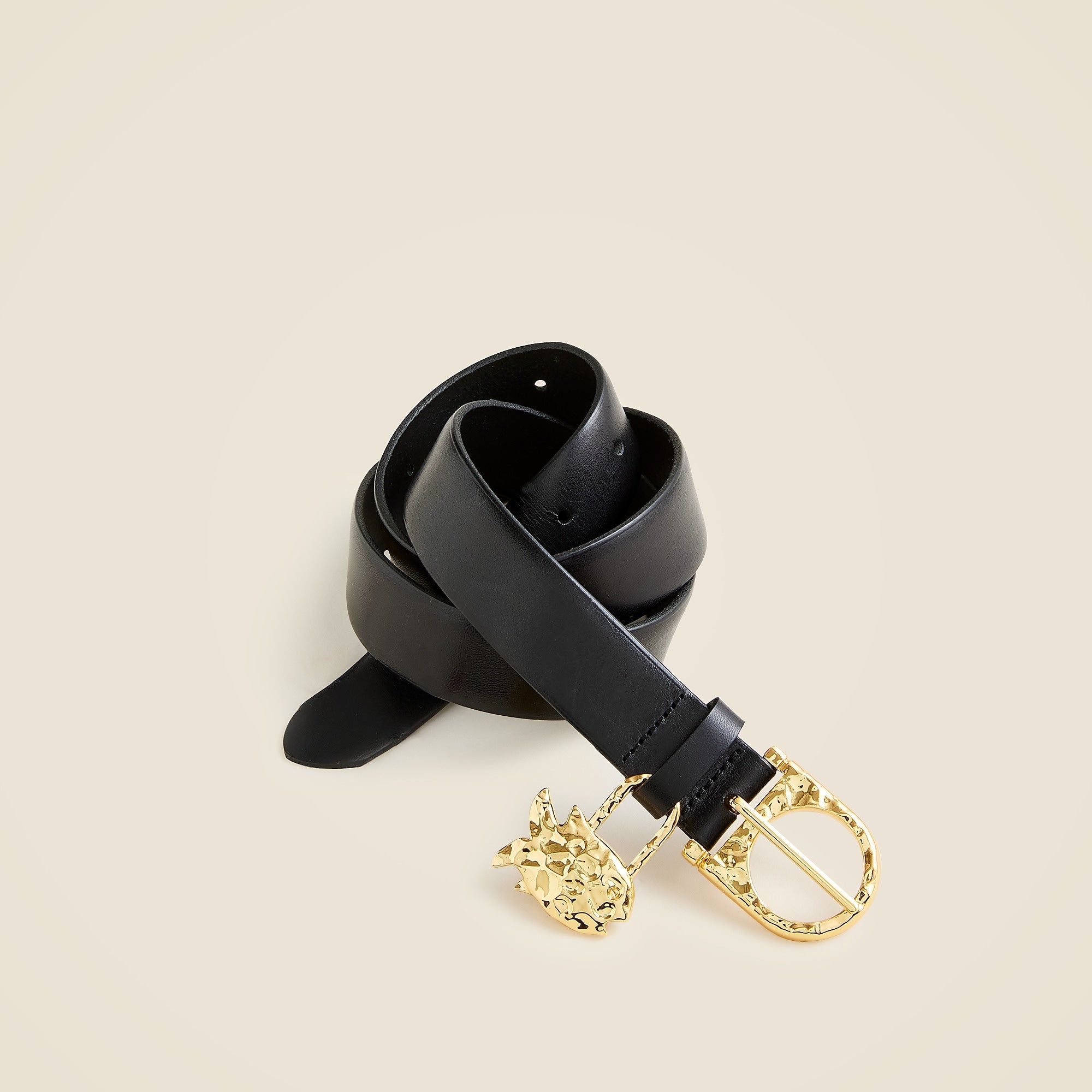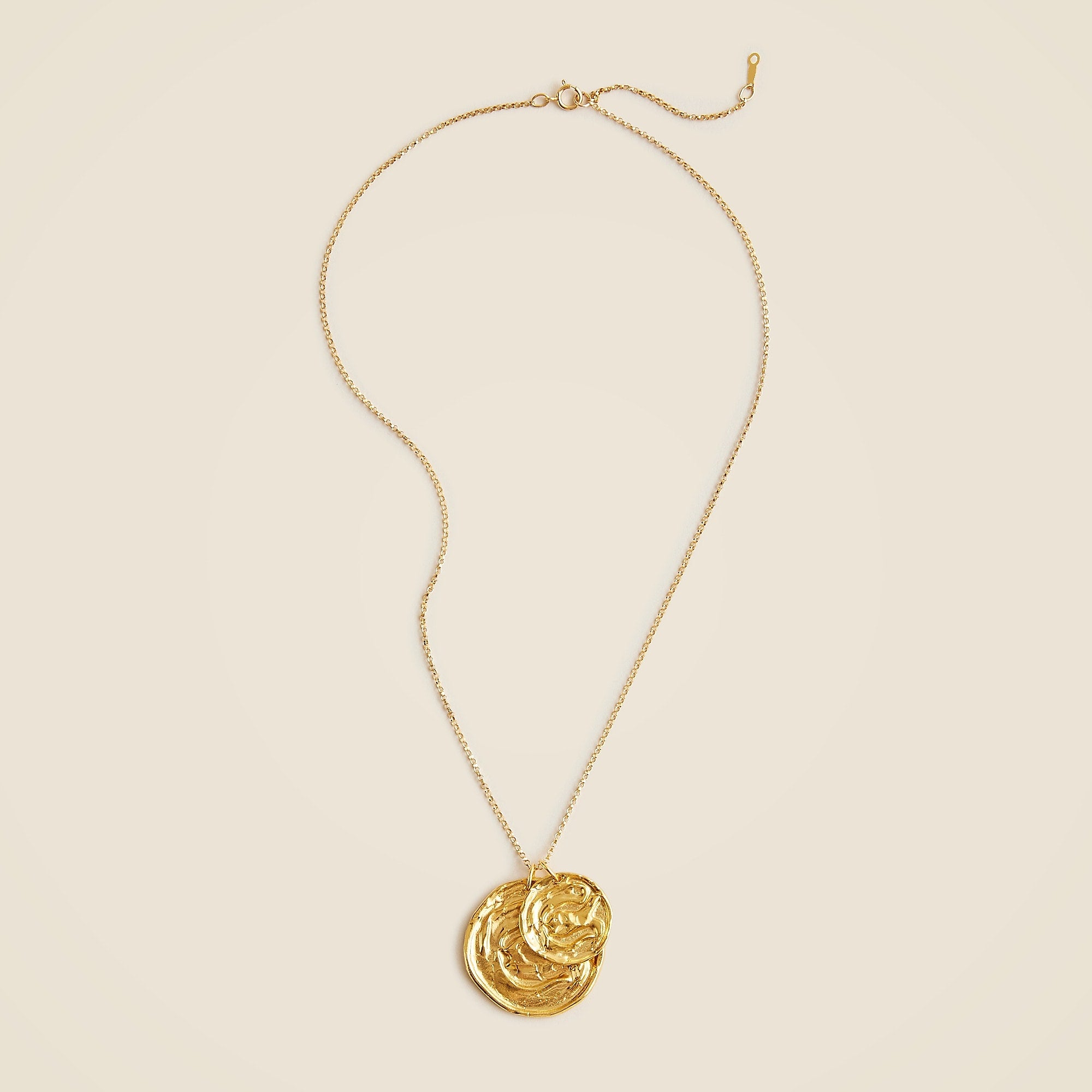How J.Crew Collaborations Turn Unexpected Partnerships Into Must-Have Fashion
All linked products are independently selected by our editors. If you purchase any of these products, we may earn a commission.
Photo: Courtesy of J. Crew.
Just like the rest of us, Olympia Gayot can’t resist a good Instagram scroll. In addition to raising J.Crew's standing, the creative director has built a following of her own on the social media app, where she shares her signature preppy-classic-yet-colorful personal style and the Rapunzel-esque blonde curls that have become her calling card. But, it’s also where Gayot has been known to slide into the DMs — not of prospective dates or friends, but collaborators, most recently including British jewelry brand Alighieri.
Since becoming creative director of J.Crew in 2021, Gayot has refreshed the brand’s point of view, reclaiming the cult status that the brand achieved in the ‘90s by reviving its signature catalogs, leaning into its preppy aesthetic, and most notably reimaging what it means for a major retailer to team up with with creative collaborators.
AdvertisementADVERTISEMENT
The New J.Crew
Over the last few years, the brand has tapped a wide range of partners from artists like Katherine Bernhardt to fashion brands like Maryam Nassir Zadeh, Christopher John Rogers, Anna October, Marie Marot, and even The New Yorker and U.S. Ski and Snowboard. While the 2010s were defined by the mega brands like H&M and Target collaborating with luxury designers for more budget-conscious collections, the current J.Crew approach goes beyond that. Gayot is a fan of the brands they partner with, and so there’s a natural throughline between the J.Crew aesthetic and that of its collaborators. “As a designer, inherently it's my job to know what women like. If there's a brand that I’ve worn forever, usually the customer will like it as well,” Gayot tells Refinery29.
Gayot first discovered Alighieri, whose collection launched with J.Crew on May 13 — fittingly — while scrolling her feed. “[Founder] Rosh Mahtani’s pieces are refined, but they're also quirky and weird,” Gayot says, explaining what first attracted her to the jewelry designs. “J.Crew is a coastal brand. Summers for us are about being on the water.” With that in mind, the treasure-like quality of Alighieri’s collections, which often draw inspiration from the sea and its inhabitants, felt like an organic fit. There are gold-plated recycled bronze necklaces featuring fish motifs — an Alighieri signature — but there are also J.Crew touches, like a linen shirt dressed with bright gold buttons. “When you go on your summer break, you just want a capsule that you can throw in your bag,” Mahtani says, describing the collection as designed for women looking for ease as they navigate the “high seas of life.”
AdvertisementADVERTISEMENT
Gayot remembers waiting in line for the 2005 H&M x Stella McCartney collaboration, which provided the chance to buy pieces from a designer she coveted but couldn’t afford. It’s the same excitement she’s trying to create in the partnerships she champions at J.Crew
According to Gayot, strategic partnerships like the one with Alighieri are a way to evolve the J.Crew brand without straying from its DNA. “You're taking someone else's point of view, but they're interpreting our brand,” she explains. “We're not just taking their products and doing a cheaper version. We're actually integrating the brand identities and the codes.”
While collaborations have been integral for the company long before Gayot’s tenure, the current approach feels refreshing in the face of collab oversaturation. “In my experience, the quality is much higher and less of a diluted version [of the partner brand],” says Amrit Tietz, a DJ and influencer who has worked with J.Crew in the past. “With other collabs in the commercial fashion space, the quality is always compromised.”
The Evolving Collab Landscape
Collaborations are often good business for brands — they broaden audiences and create covetable products when done right. Just look at the ongoing success of the Adidas and Grace Wales Bonner partnership, or Nike’s drops with Bode as proof that collaborations can be both creative and commercial successes. But some category-crossing partnerships can leave many scratching their heads (take fashion-food mashups like Forever21 and Cheetos, for example), and brands attempting en masse to milk the same cultural moment (like The White Lotus). “If I see an entity having multiple collaborations all at the same time, it starts to feel less meaningful,” says Tietz. This strategy may be fruitful in the immediate, but ultimately leads to products with a short lifespan. It doesn’t build any long-term brand caché.
AdvertisementADVERTISEMENT
Consumers are increasingly looking to partnerships that feel authentic, not like a blatant cash grab. A great collaboration may give a customer access to a brand they might not normally afford, offer a product that a brand might not normally make (like the linen shirt Alighieri created thanks to J.Crew), or introduce a shopper to a brand a degree or two outside of their existing wheelhouse — there’s goodwill built between a brand and their customer. The J.Crew playbook strays away from a “viral moments” strategy, opting for multi-year collabs and partnering with brands that have some cultural Venn-diagram overlap — ones that curry genuine interest from Gayot, the team, and eventually the customers who walk into the store.
“A lot of collaborations are opposite or not connected, they bring two brands together,” says Araks Yeramyan, creative director and founder at Araks, who previously collaborated with J.Crew. At J.Crew, she sees a more considered approach. “They fit into the world of J.Crew, you don't have to stretch it.”
A Win For Emerging Designers
When J.Crew approached Yeramyan about a lingerie collaboration with Araks, the designer saw it as an opportunity to expand on what was previously possible for her small brand. “It was something I couldn't do on my own at the quantity and the level that I wanted,” she explains. “I was able to do more [by] working with them.” The price points ($165 for a silk bra or $168 for a crepe de chine slip) can be slightly higher than that of J.Crew’s usual product, but aesthetically, it makes sense.
AdvertisementADVERTISEMENT
Gayot’s goal is to thrill the fashion fanatic while also serving as a platform to connect independent designers to a larger scale of production, while connecting customers to brands they may already love or may have yet to discover.
“There are so many great young brands with a unique point of view doing it all themselves,” Gayot says. “I find that very admirable, especially as somebody who works for a big company and has a lot of resources. When you see that people have less and they're managing to create something so pointed and so beautiful… that to me, is inspiring. It makes me want to work with these people.”
Yeramyan, who hopes to work with J.Crew again in the future, received an outpouring of positive emails after the collaboration, noting how many people discovered Araks through the partnership. “We gained a lot of customers from their world,” she says.
To designers who are busy building their brands but dream of becoming a part of the J.Crew universe, don’t be surprised if Gayot one day pops up in your DMs.
AdvertisementADVERTISEMENT







